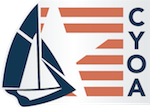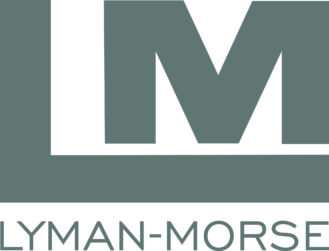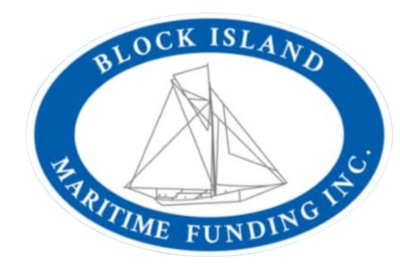CRF (Classic Rating Formula) was developed as a measurement system for rating yachts of varying types and sizes with traditional, full-keeled designs. The CRF was an adaptation and development of the old CCA Rule, adjusted over time for classics – for use in the Opera House Cup, The MOY Classic Yacht Regatta, and the Herreshoff Rendezvous.
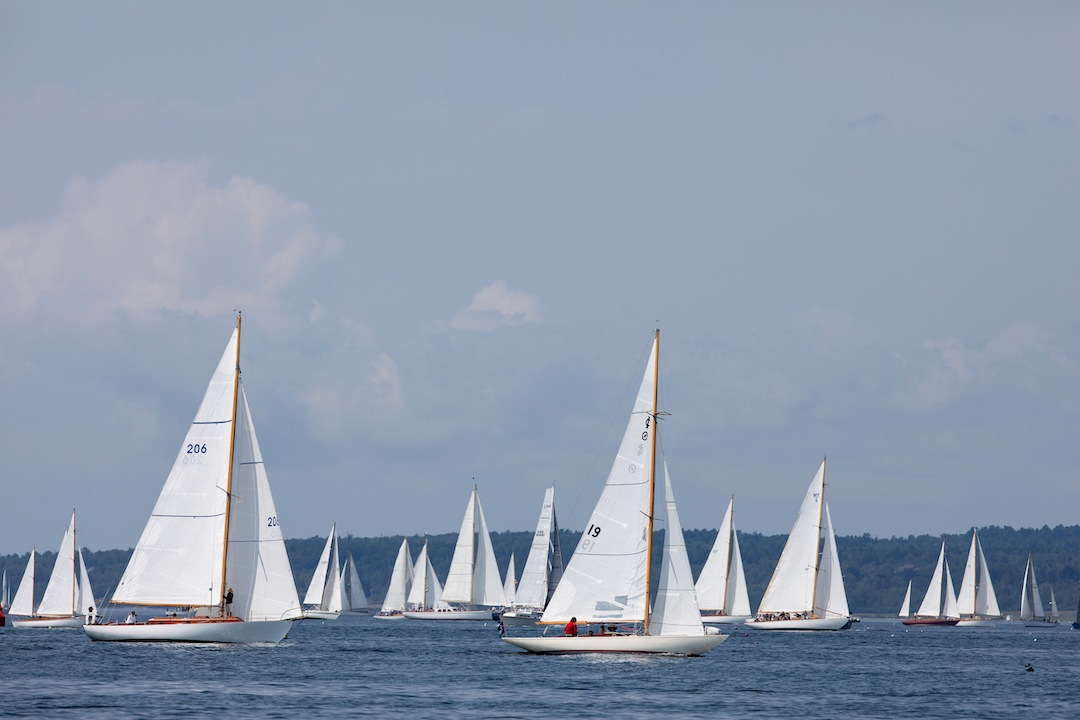
However, it wasn’t a single entity issuing ratings. It was used in various forms by different classic races along the East Coast during the 80’s. Every event was using a custom variation of the formula and the same boats would have wildly different ratings from event to event. In the late 80’s an attempt to create a standardized rating system among all events so ratings were consistent, created the WoodenBoat Regatta Series.
The WoodenBoat Regatta Series, and the CRF Ratings were coordinating dates, schedules, and issuing consistent rules and ratings for Classics – meeting annually and agreeing on all rules and adjustments. Only the OHC used their own custom variation during that time while all other events (as many as 12 per season) used the CRF formula. The North American Panerai Classic Yacht Challenge (NAPCYC) took over that role in the 2000s, and managed the coordination of rules and ratings until 2016.
In 2016, the Classic Yacht Owners Association (CYOA) formed a technical committee to review CRF versus other rating alternatives including PHRF, Europe’s CIM, and an ORC VPP-based system. The group quickly recognized that current CRF ratings provide a reasonable reflection of the real world performance potential of some yachts within classes of similar sizes and types. However, the Committee also recognized that there were notable exceptions, and as a means of addressing those shortcomings, the Committee developed a comprehensive reformulation of CRF that was dubbed ‘CRF MkII’. The formulae underlying the MkII proposal were based on the CRF 2016 data requirements. Starting in 2020, the CRF will be referred to by year of issue (CRF 2020.)
A CRF rating continues to be based on owner-supplied measurement inputs and no subjective adjustments are made to the calculated ratings. A CRF rating is expressed on the certificate both in decimal feet and in seconds per mile. The formulae and factors on which the CRF rating calculations depend are refined annually based on a quantitative analysis of race results from previous seasons, so ratings often change slightly from one year to the next. CRF is committed to full transparency, so all valid certificates and the calculations on which the ratings are based are available for inspection online.
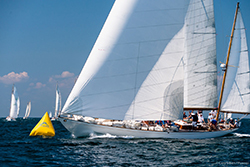
CRF 2025 Technical Committee
- Jim Taylor, Chair
- Adam Langerman
- Bob Stephens
- Greg Stewart
- Susan Wayne
- Steve White
- Glenn Cook
- Peter Gerard
- Peter Cassidy
